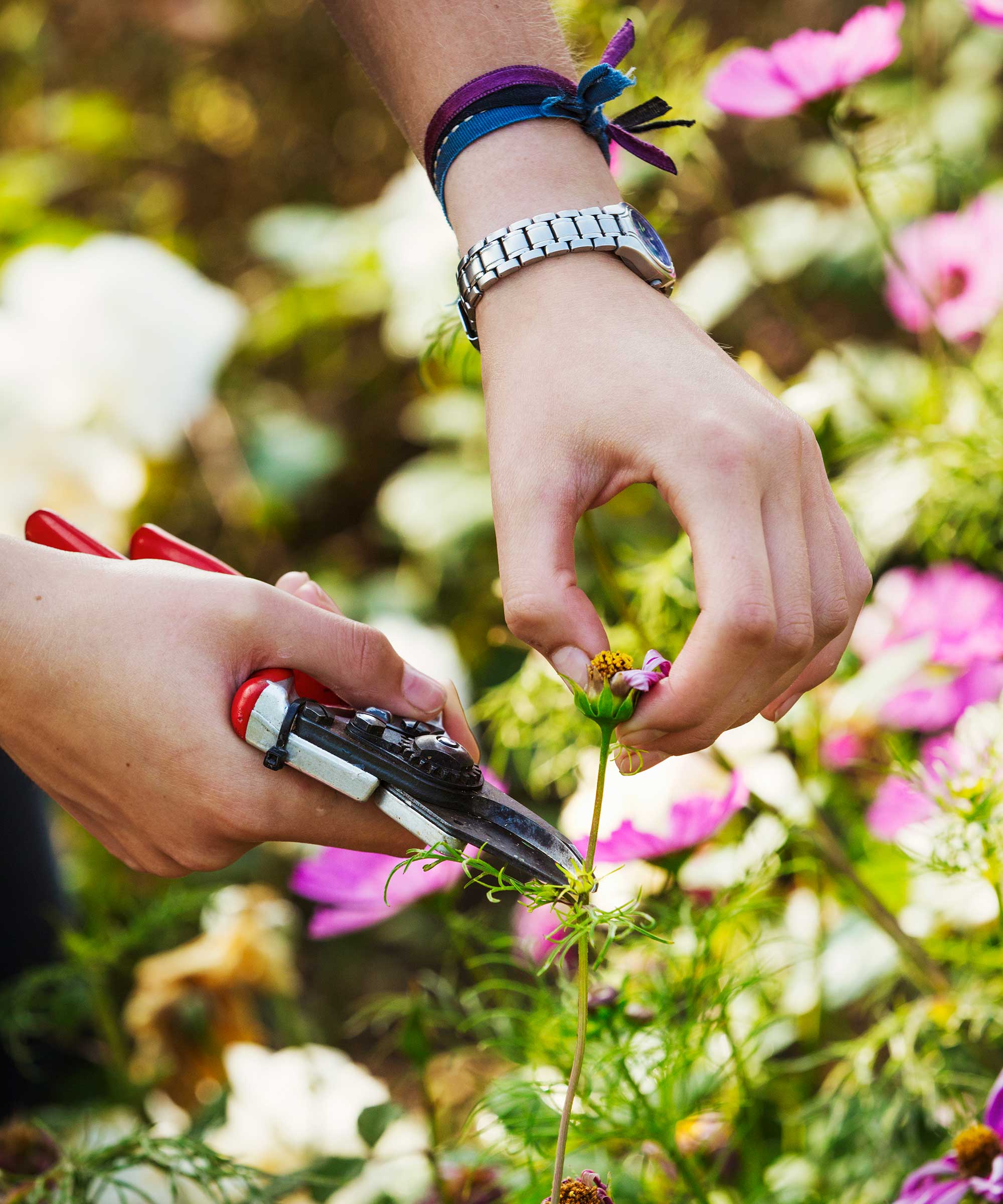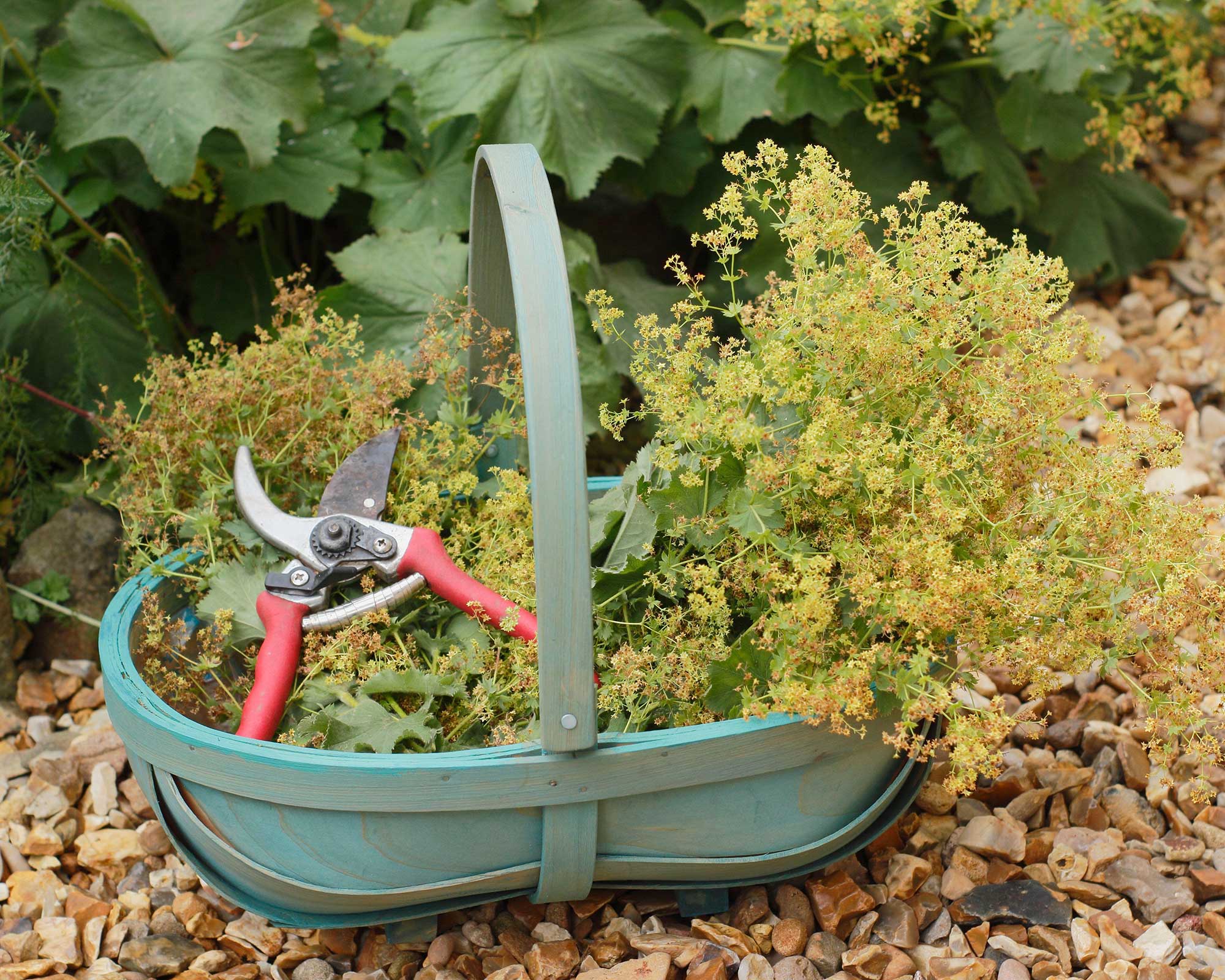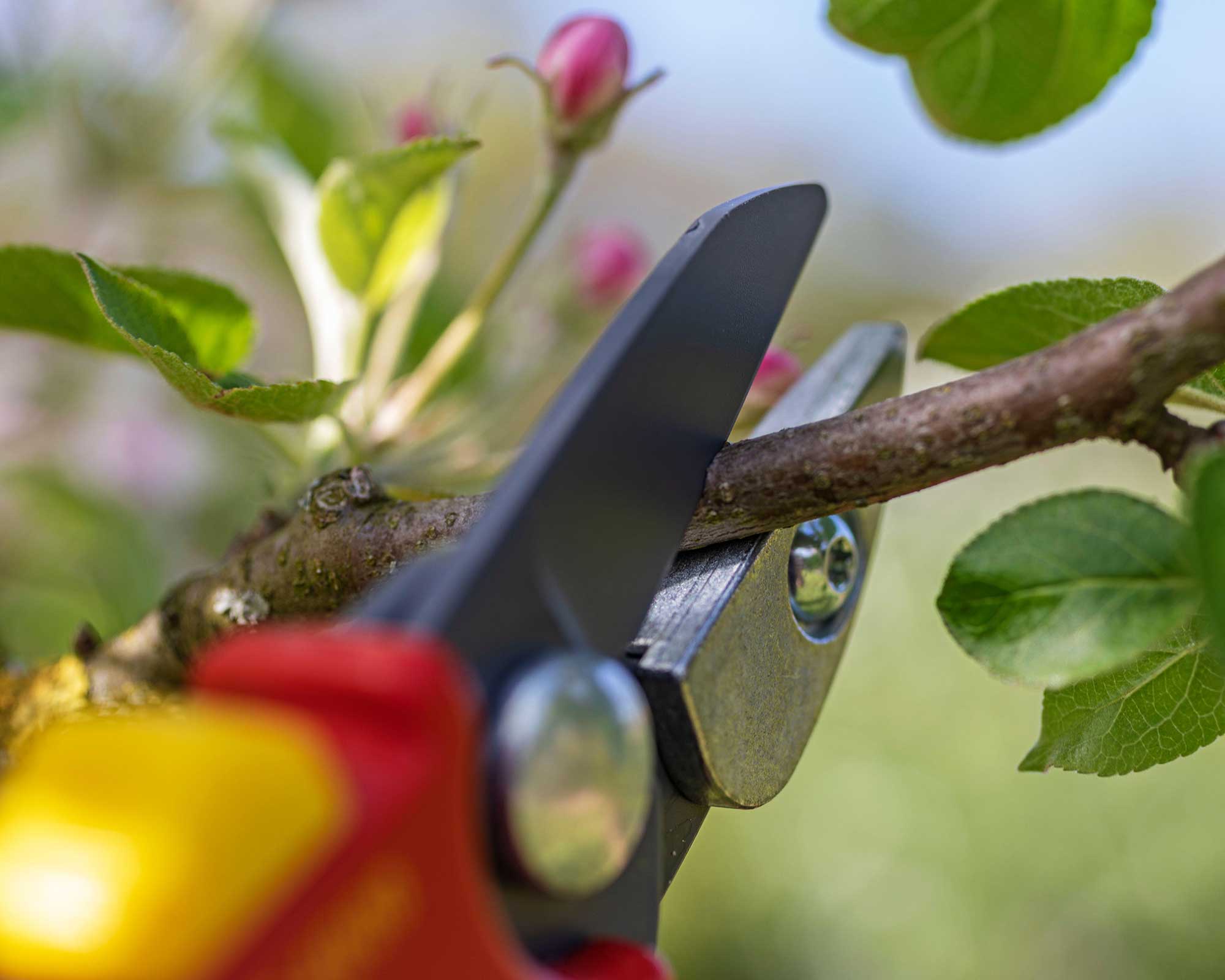Bypass vs anvil pruners – which is the right tool for you?
Unsure on the differences when it comes to bypass vs anvil pruners? We explain, so you can get the best results in your garden


When it comes to bypass vs anvil pruners, do you know which one to go for? Telling the two apart might seem confusing, but actually, it's much simpler than you might expect.
It's definitely one to brush up on, though, as most pruning tasks are more suited to one type of secateurs or the other. So, whether it's time to replace your best secateurs or you're unsure about which of your tools to use where, we've got all the info you need in this guide.
What are bypass pruners?
'Bypass cutting pruners have two sharpened blades that pass over each other in a scissor motion to produce a clean, precise, and healthy cut,' explains Georgina Taylor from Fiskars. 'These types of pruners are ideal for cutting delicate stems as the scissor-like action is less likely to cause bruising and damage.'
Ruth Hayes of Amateur Gardening magazine uses the Kent and Stowe 'Eversharp' bypass secateurs [view at Amazon], commenting on how they 'do what they say on the tin', and apparently the blades never dull.
'I’ve used mine for months without needing to sharpen them and they are easy to use – hefty without being too heavy and can be used by right- and left-handed gardeners,' she adds.
'Another excellent pair are the Bosmere R510KS (available on Amazon) that are compact, lightweight, comfortable to hold and perfect for deadheading flowers and cutting green stems without bruising or tearing the plant,' she adds.

Ned Cromack, arborist and Founder of The Bristol Tree Medic, recommends a brand called Okatsune for pruning shears. These tools are made using the best Izumo Yasugi steel, which is very hard and traditionally used for making Katana swords used by the Samurai.
Ned recommends the Okatsune 101 bypass pruners, available on Amazon, in particular. 'They feel wonderful in the hand, have a nice weight, and are very simple,' he says, adding how they are cheaper than many other sharp, industry-standard pruners yet deliver the same results.
What's more, he says, they're made of metal under the rubber handles, so they won't snap.

What are anvil pruners?
'Anvil secateurs are exactly as they sound,' says Ruth. 'They have a cutting blade that comes down onto a flat metal "anvil", giving you the power to cut through stubborn material.' Ned says the motion is similar to a knife on a cutting board.
This makes them perfect for using on tougher wood, such as cutting back thinner limbs on backyard trees or pruning shrubs. The cutting action is more of a 'crush', according to Felco. They explain how this makes them less suitable for softer plants when compared to bypass pruners, as the less-precise cuts can damage them and take longer to heal.
Ruth's anvil pruners of choice are a Felco 32 pair, available from Amazon. 'They are not cheap, but although they are lightweight they are tough enough to do a clean cutting job, and they are comfortable to hold,' she explains.
'For a budget pair, I reach for my Centurion 193 [available on Amazon], which have carbon steel blades that are coated so they are non-stick and rust-resistant,' she continues. 'They are also suitable for left- and right-handers.'

For Ned's work in tree care, anvil secateurs are a must-have tool. He suggests Wolfgarten as a brand, which sells 'very cheap and very effective ones.'
His favorites are the Wolfgarten RSEN anvil secateurs (try Amazon) – he's used them day-to-day at work for three or four years. 'You can really easily unclip the spring mechanism and open them up enough to sharpen the blade,' he says.
He adds how with anvil secateurs, there is the plus point of only needing to sharpen one blade. With bypass secateurs, a common problem is over- or under-tightening them after sharpening both blades, which can result in poor-quality cuts.

What is the best type of secateur for you?
'You may think you only need one pair of secateurs for all your cutting and pruning jobs, but for the best results, this really isn't the case,' explains Ruth.
While bypass secateurs are great for green, soft growth and deadheading, you need to get your hands on a pair of anvil cutters for pruning tougher, woody growth, she says. Ned adds that for removing larger branches, however, you will need a hand saw.
Georgina from Fiskars agrees. 'It’s always important to choose the right type of cutting tools for your gardening tasks to ensure you achieve the best possible results and keep your plants healthy,' she says. 'Understanding the differences between anvil and bypass pruners will help you save time and energy, too.'
Ruth concludes by saying how secateurs are a vital part of a gardening kit, so it's worth looking after them properly. Learn how to clean your pruning shears and keep them sharp – that way they are less likely to cause damage or spread diseases through sappy residue left on the blades.

The garden was always a big part of Holly's life growing up, as was the surrounding New Forest where she lived. Her appreciation for the great outdoors has only grown since then. She's been an allotment keeper, a professional gardener, and a botanical illustrator – plants are her passion.
